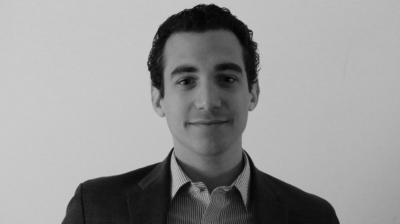The Nationalism of Cristina Fernández de Kirchner
Argentine President Cristina Fernández has increased her appeals to nationalist sentiment to build domestic political support.
In most of the world, the International Monetary Fund is just a multilateral financial institution. In Argentina, in contrast, the fund is a fundamental and highly controversial part of economic and political life. As if to highlight that, the country’s ruling Peronist coalition is currently unraveling from internal divisions following a recent agreement between the government and the IMF, approved only weeks ago.
The Peronists returned to power in 2019 due to a clever political move by former President Cristina Fernandez. Aware that she herself was too polarizing, she anointed Alberto Fernandez—a moderate who is no relation—as presidential candidate, while she ran as vice-president instead. The experiment proved successful, as they handedly defeated the pro-market incumbent, Mauricio Macri.
They were helped by Macri’s unpopular decision a year before to turn to the IMF for assistance amid a serious economic crisis. Though the fund disbursed $44 billion, its largest loan ever, the package did little to prevent the crisis from deteriorating, which was one of the principal factors behind Macri’s defeat. The Fernandez-Fernandez ticket came into office promising to revive the economy, prioritize the poor and avoid IMF-imposed austerity. That was all easier said than done.
Even before the pandemic, Argentina’s economic situation was dire. The economy has been stagnant since the end of the commodities boom in 2011. Chronically high inflation reached 50 percent by the end of Macri’s term, and the value of the peso plunged. Moreover, the country has suffered from a constant current account deficit leading to a lack of hard currency, the cause of stop-and-go cycles that have plagued Argentina’s economy since the 1970s.
All these problems were worsened by the prolonged lockdown imposed by Alberto Fernandez, which did little to protect Argentines from the impact of COVID-19, while plunging the economy into an even worse crisis. GDP collapsed by 10 percent in 2020. The poverty rate shot to over 40 percent. And the Central Bank’s reserves were nearly depleted. When the ruling coalition lost the 2021 midterm congressional elections, divisions between the president and his mentor cum vice-president exploded and engulfed the government.
One of the key challenges facing Alberto when he came into office was public debt. In 2020, Finance Minister Martin Guzman—a disciple of heterodox economist Joseph Stiglitz—managed to restructure the country’s debt held by private-sector creditors. But the biggest obstacle remained: the $44 billion that Argentina owed to the IMF, most of which was due for repayment in 2022 and 2023. After prolonged negotiations, Guzman reached an agreement with the fund in March to refinance Macri’s 2018 loan, just in time to avoid a potentially devastating default.
The conditions of the deal were relatively lax by IMF standards: Argentina won’t start repaying interest or capital until 2026, and the deal lacks the fund’s usually strict conditionality in terms of structural reforms. But it quickly became clear that Alberto and Guzman had exaggerated when they promised Cristina and her left-wing followers an agreement that would include no austerity measures whatsoever. Among other things, they agreed to cut the primary fiscal deficit from 3.5 percent today to zero by 2025, drastically reduce Central Bank financing of the Treasury and increase interest rates to contain inflation.
[…]
Argentine President Cristina Fernández has increased her appeals to nationalist sentiment to build domestic political support.
How will the Fernández administration’s policies affect the country’s economy and businesses in the long-run?
Given today’s realities, the glowing terms some used to describe US-Argentine relations in the 1990s do not make sense. But neither does the excessively negative talk heard in Buenos Aires and Washington.
